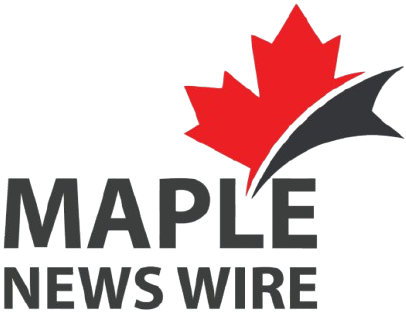The Canada Infrastructure Bank has surpassed $1B in Indigenous-led project investments, advancing equity, energy sovereignty, and economic reconciliation.
The Canada Infrastructure Bank (CIB) has officially surpassed $1 billion in investments in Indigenous-led infrastructure and equity projects — a landmark achievement for economic reconciliation and a signal of growing Indigenous leadership in Canada’s development landscape.
According to CIB CEO Ehren Cory, the momentum is building fast — and the bank is now planning for more Indigenous equity partnerships as provinces and the federal government explore energy corridors to bolster economic sovereignty amid global trade tensions.
Equity is Now Essential for Infrastructure Progress
Of the CIB’s 95 active projects, nearly 25% involve Indigenous participation, with a focus on clean energy, roads, ports, housing, and power transmission. Cory emphasized that equity ownership is no longer a “nice to have” — it’s now a core requirement to build with legitimacy.
“When you have alignment of stakeholders, we make incredible progress,” Cory said.
“When you don’t, we get stuck for very long times.”
Key Projects Shaping the Future
Several high-impact Indigenous-led ventures funded by the CIB include:
Oneida Energy Storage Project, Ontario
- $700 million value
- Canada’s largest energy storage facility, now operational
- Indigenous partners: Six Nations of the Grand River Development Corp., Mississaugas of the Credit Business Corp., among others
160-km Power Line – Nova Scotia to New Brunswick
- $217 million in equity financing
- Indigenous ownership via Wskijinu’k Mtmo’taqnuow Agency Ltd., representing 13 Mi’kmaw First Nations
These projects demonstrate a new model where Indigenous values, economic participation, and sustainable development converge.
Two Financing Streams: Infrastructure & Equity
The CIB supports Indigenous projects through two main financing streams:
- Infrastructure Loans – For housing, water treatment, roads, and community utilities within First Nation, Métis, and Inuit communities
- Equity Participation Loans – For acquiring stakes in large-scale ventures located on traditional territories
This dual strategy aims to narrow the infrastructure gap, estimated at $200B–$300B, while enabling long-term wealth creation for Indigenous nations.
Blended Financing: A Model for Economic Self-Determination
Partnerships with groups like the First Nations Bank of Canada (FNBC) are making these projects more accessible. For example, a $100-million loan agreement allows Indigenous communities to fund projects like hotels, operations facilities, and community infrastructure with blended interest rates — reducing costs and increasing feasibility.
“The blended cost ends up being much lower for the nation,” said FNBC CEO Bill Lomax.
One such project is the $9M financing package announced this week to support Castle Rock Enterprises LP, a Whitehorse-based firm owned by Champagne and Aishihik First Nations.
What’s Next: A Surge in Clean Power Partnerships
With British Columbia and other provinces issuing new calls for green energy, CIB’s Indigenous equity loan program is poised to play a major role in shaping Canada’s clean energy future.
“You’re going to see a lot more of that Indigenous direct equity lending happen over the next year,” said Hillary Thatcher, CIB’s managing director of investments.
Projects supported by these loans are expected to close within the next 12–24 months, signaling an incoming wave of shovel-ready, Indigenous-led clean power developments.
A Path Forward for Reconciliation Through Infrastructure
As Canada faces new economic realities and global pressures, the CIB’s strategy marks a turning point: one where infrastructure growth is directly tied to Indigenous inclusion.
“We’re hopeful to see a real explosion in Indigenous participation in a meaningful way,” said Cory.
With over $1 billion already committed — and much more in the pipeline — this is more than an investment strategy. It’s a national blueprint for reconciliation, resilience, and shared prosperity.
Stay with Maple News Wire for continued updates on Indigenous-led infrastructure, green power initiatives, and economic sovereignty in Canada.




